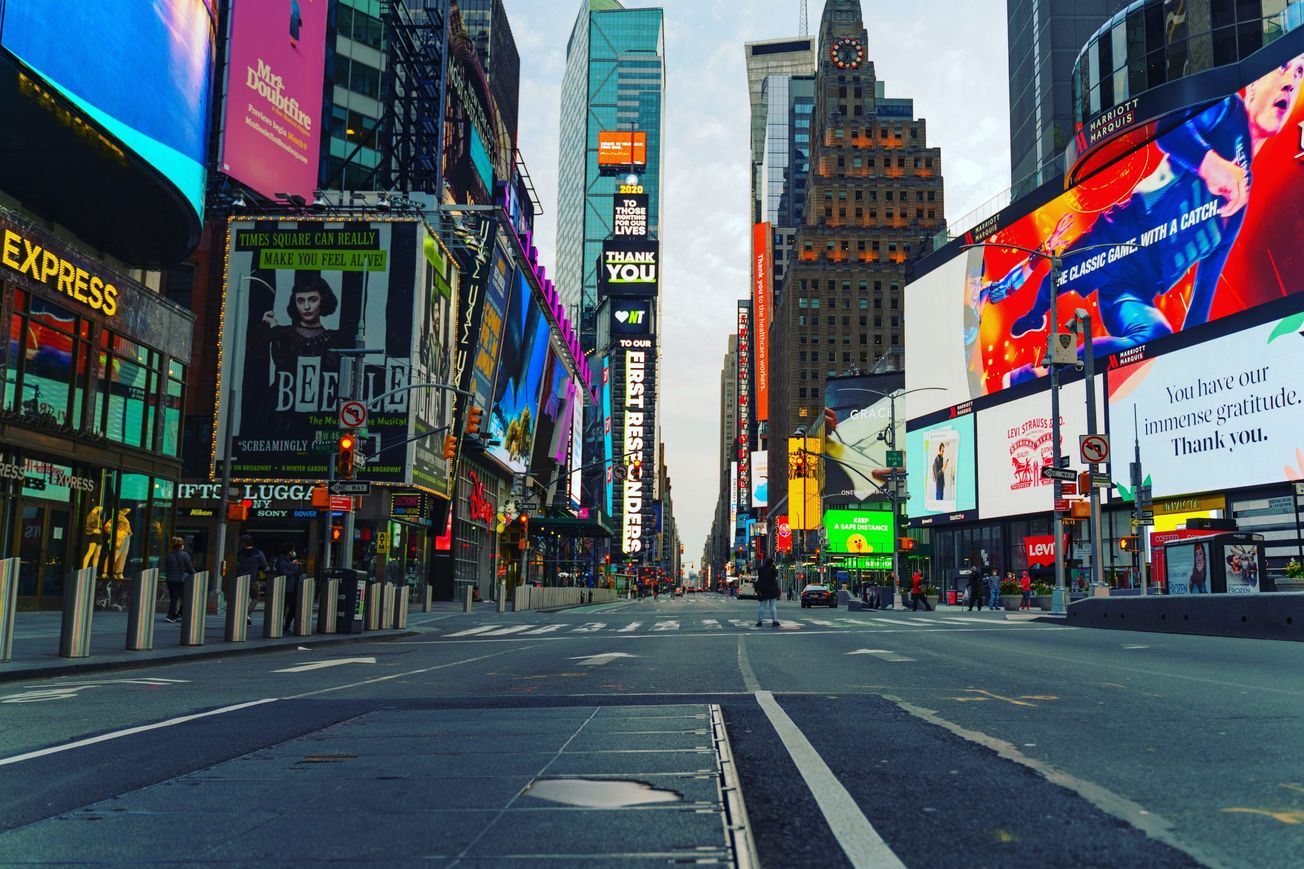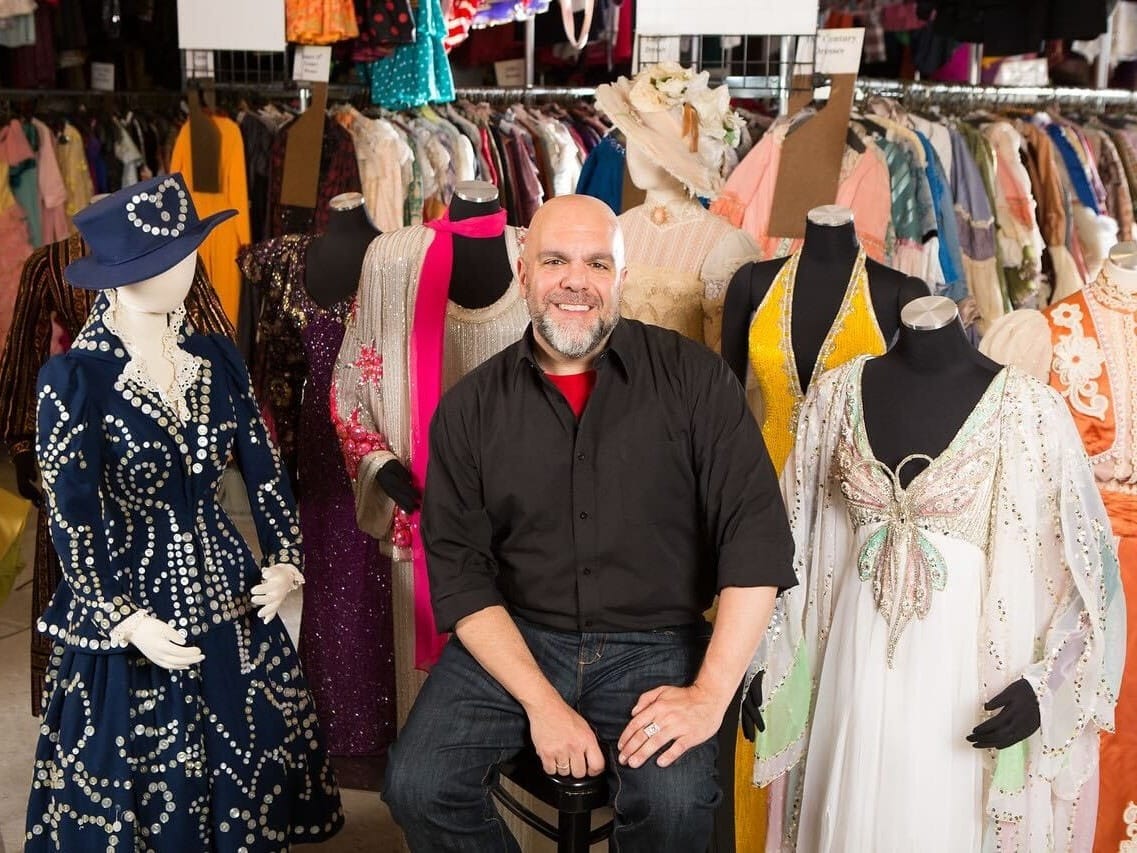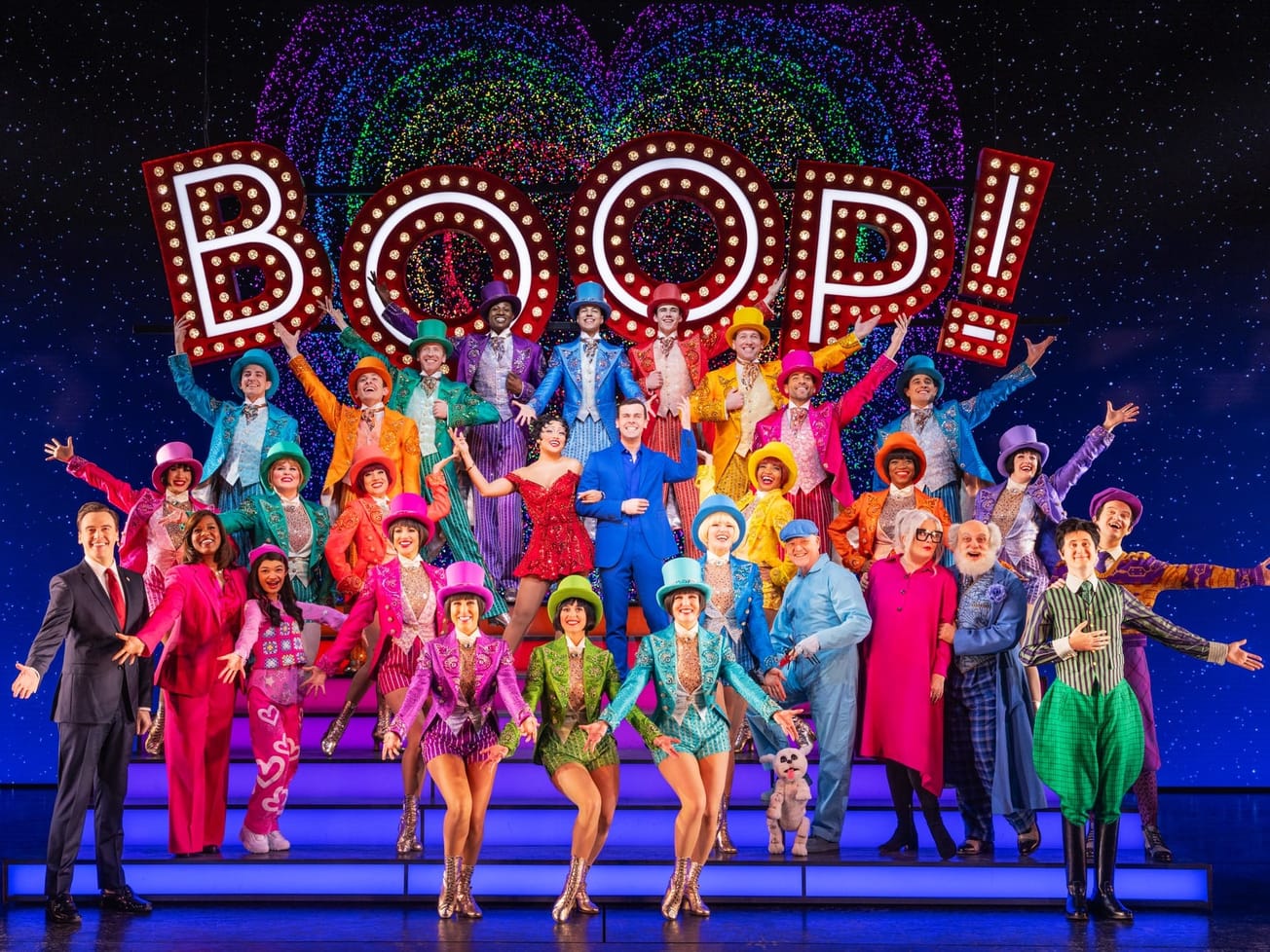On Friday, March 10, California regulators shut down Silicon Valley Bank (SVB) after it was deemed insolvent; the Federal Deposit Insurance Corporation (FDIC) was then put in charge. The closure of the California bank set off alarm bells for regulators to look at other banks with risk elements similar to SVB or exposures to the maligned cryptocurrency industry (not to mention that the closure of SVB sent a panic to customers of other mid-size banks). There were rumblings that New York-based Signature Bank, the preferred bank of multiple Broadway shows and ancillary businesses, could be next. By Sunday, March 12 (also the three-year anniversary of Broadway’s COVID-19 shutdown), the New York State Department of Financial Services closed Signature Bank and the FDIC took it over.
Typically, when a bank closes, deposits are insured for up to $250,000. But Broadway productions and companies could have tens of millions (amounting to hundreds of millions for the industry) in the bank. For a few hours that Sunday, it appeared possible Broadway shows and businesses that had been banking with Signature would each have immediate access to only $250,000 in funds — well below the typical weekly running cost of a production.
For deposits beyond the $250,000, account holders would receive a “receivership certificate” and the FDIC would pay what they can of the owed amount from proceeds it later receives from selling bank assets. Typically, the FDIC is able to pay these uninsured funds back but on a delayed timetable and at a loss. Experts estimate the FDIC usually compensate for 50-90 percent of certificate value, translating to losses ranging between 10-50 percent.
“We could have seen a situation where everything was frozen and possibly shows could have closed the following Sunday — or even the Thursday, really — if there was no payment there,” said John Gore, chairman and CEO of the John Gore Organization (JGO), which is a presenter, distributor and marketer of Broadway theater worldwide (and the parent of Broadway News). “It literally could have been one week left [for] a load of productions.”
Fortunately, the federal government stepped in. By Sunday evening, the White House ordered that the FDIC would cover insured deposits (up to $250,000) and uninsured deposits (over $250,000) of SVB and Signature Bank at 100 percent. All of the money was safe.
“It’s a massive crisis that happened so quickly, most people woke up to the fact that it had already been solved,” Gore said.
The crisis has been averted, but in all the mainstream banking talk it can be difficult to ascertain how this could have affected the Broadway industry and what lasting impact, if any, this near-miss will have. Below, Broadway News breaks down the last five days to offer a fuller picture.
How a bank fails and what happened to Signature Bank
It’s important to understand the closure of Silicon Valley Bank (SVB) as a lead-up to that of Signature Bank.
SVB, the 16th-largest lender in the U.S., recently took in a lot of money — their deposits tripled during the pandemic. Subsequently, SVB loaned out money — mainly to tech companies and startups — and also invested money in securities, primarily U.S. Treasury bonds. Though long-term bonds are typically a safe investment if held to maturity, the bank bought these bonds at an interest rate that is lower than today’s. Therefore, the bonds are worth less due to rising interest rates. This isn’t a problem unless you have to sell the bonds to return money to account holders. Deposits began to leave the bank faster than SVB anticipated. The bank responded by selling bonds and suffered a big loss. The bank then announced it would have to raise capital to make up for those losses and that’s when its investors suddenly sold off SVB stock and a “bank run” ensued, in which a vast amount of cash was requested for withdrawal all at the same time. People tried to withdraw $42 billion in deposits on the single day of March 9.
Regulators require that banks maintain a certain amount of assets relative to expected cash outflows; the banks need to have enough cash on hand to back up their lendings, rendering them “liquid” or “solvent.” Without liquidity, regulators seized the bank.
On the same day SVB failed (March 10), trading of Signature Bank stock was temporarily halted after its price plunged. As with SVB, Signature was one of the few banks that accepted deposits of cryptocurrency.
After the financial crisis of 2008, regulations were put in place to prevent another economic collapse by way of “stress-testing” banks. According to these new laws, any bank with more than $50 billion in assets would be subject to federal supervision via annual stress tests by the Federal Reserve. However, in 2018, President Trump signed a law that raised the asset threshold which would require a stress test. With this amendment, despite its size, Signature (like SVB) was no longer subject to stress tests and had not been tested for the past three years. This discovery, along with the bank run that took place at SVB, triggered a similar run at Signature. The combination was troubling for an industry that is still fragile post the extended COVID-19 shut down. On March 12, regulators seized Signature Bank.
Why it matters to Broadway
The mainstream media has highlighted Signature’s holdings in real estate and law firms. While Broadway may be a small piece of Signature’s business, Signature was a big piece of Broadway. The bank held 40-50 percent of Broadway shows and numerous ancillary businesses, according to one accountant who has worked in the Broadway space for decades.
“Broadway is all about relationships,” this accountant said. “Very often, a particular general manager or producer will have a relationship with a particular bank and that’s where they will do all their banking.”
The economics and accounting of Broadway productions are unique compared to the finances of other industries. Broadway shows are all individual companies; for example, even if they’re produced by the same general partners, two different Broadway shows operate as two companies, usually LLCs. The Broadway production of a musical and the tour of that same musical, for example, are separate LLCs. Not to mention, “Broadway shows don’t sit on their cash; they give it back to their investors,” the accountant continued. “It’s a different paradigm.” Which is why it’s important to work with a bank that understands the specifics of Broadway.
Signature Bank understood; it was one of two banks with specialized banking teams dedicated to the Broadway industry.
What monies exactly were “held” at the bank? Because most producers used only Signature, the bank was the sole repository for funds. Depending on the phase of production, these funds could have been crucial to launching a show or running one already on Broadway.
“You can have a show in development that is raising money for the development — that’s in that account,” Gore explained. “You can be in your lead up to production, almost to the point at which you [fully] fund the show — and you see the numbers $15, $20, $25 million these days for a big musical. You probably don’t have that full amount sitting there because you started spending on the [mounting] of the show, but you could easily have half your production funding still there unspent and about to build your set or — name your trigger point — first rehearsal or first major workshop.”
Separately, Gore continued, “Some Broadway and touring theaters had also actually put the advances for the shows — their ticket sales — with Signature Bank.”
If the FDIC had not stepped in to insure all deposits, shows could have lost immediate access to anything over the insured $250,000 — which could have jeopardized payroll, bill-paying and more. Producers would have had to make decisions about raising extra capital or pausing shows. And because about half of Broadway is concentrated at this single institution, the failure of a single bank is an outsize problem for the Broadway industry.
Gore noted, “The issue with Signature was so many Broadway clients were there, it would’ve basically created a systemic failing in Broadway itself.”
But, as the accountant said, “The Fed response was so rapid that it became clear that [not having the funds to operate] wasn’t going to be the primary issue. It was going to mostly be a logistics problem.”
What’s happening now
Since the federal government deemed all funds insured — and, therefore, they exist in full — the next question became how to access them.
When the FDIC seized SVB and Signature, they created a “bridge bank.” This is a chartered national bank that operates under a board appointed by the FDIC. It holds the deposits and certain other liabilities and purchased certain assets of the original bank, but is intended to serve as a bridge between the failed bank and a more stable, permanent resolution — which is likely a future sale to another banking institution.
Right now, $110.4 billion in total assets and $88.6 billion in deposits that were at Signature Bank are now at Signature Bridge Bank. Reports indicate that account holders have been able to access their money through the bridge banks, albeit with some delays and hiccups. Many Broadway account holders are moving funds to another bank.
“City National Bank is picking up a lot of work because they are very much in our community. They understand what we do,” the accountant said. City National Bank’s parent, the RBC US Holdings bank group, has been participating in annual stress tests. “Some companies are still with Signature Bridge. I don’t know how long Signature Bridge will remain in existence.” No timeline has been announced.
What this means moving forward
According to sources, Broadway is now out of the woods. “It’s just going to be one really rough week for some people who just have a lot of extra work to do,” the accountant noted.
Generally, experts say the key to safety in banking is diversification. Problematically, SVB’s business was focused on a single industry, with a small pool of investors, in a concentrated geographic area. Similarly, Signature Bank’s business was concentrated in a few industries and geographic centers. And, of course, both banks were not subject to federal stress tests.
It goes without saying that testing is crucial. In terms of decentralizing business, “Diversifying actually within an individual production is very hard because that really just adds to all the costs and all the work,” Gore said when asked if each show could spread funds between multiple banks. “The real question for me going forward is: Should so many shows be in the same bank?”


























































